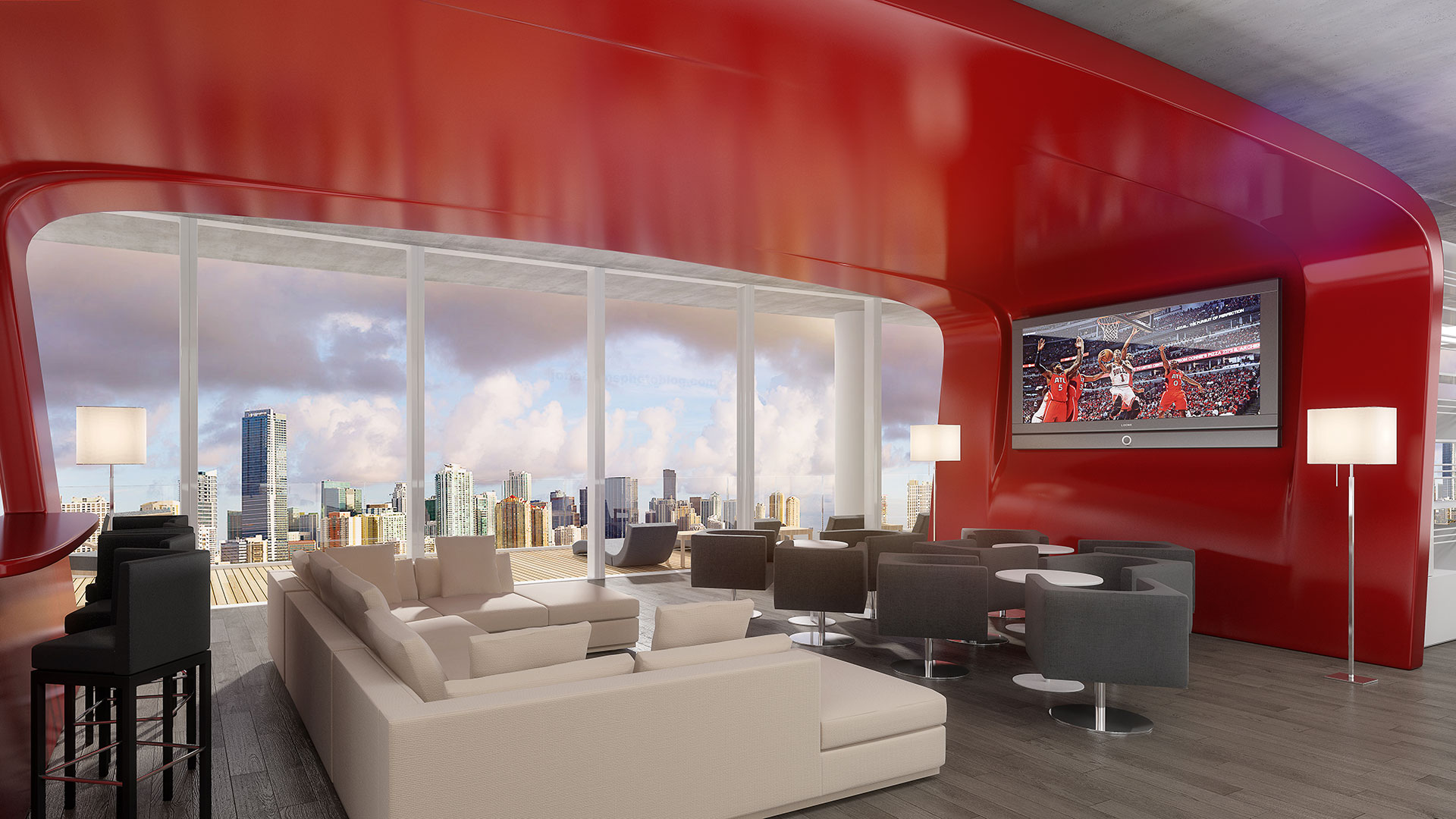

Like Elvis and Cadillac, or the Duke brothers and Dodge, the 85-year-old Italian coachbuilder Pininfarina is linked inextricably with one automotive brand: Ferrari. But while the Turin-based carrozzeria has penned nearly every production car made by the prancing-horse brand, its automotive tentacles extend throughout the global vehicular range, having completed work for a multitude of manufacturers, from Daewoo to Peugeot.
The studio’s work has also expanded to include industrial design, a division that has assisted clients like Coleman to develop a high-end barbecue grill, and Coca-Cola to concoct a customizable, fountain-drink vending machine. It even created an award-winning electric forklift for European material handling company CESAB.

“If I’m not mistaken, this is one of the only products that we actually took a very important design award in Italy, which is the Compasso D’Oro,” says Matteo de Lise, managing director of Pininfarina’s Miami-based subsidiary, Pininfarina of America, during a extensive sit down with The Drive. “I think we never won a Compasso d’Oro by designing a Ferrari, but we had it for that.”
Regardless of client, Pininfarina brings an immutable set of principles to its work. “We see three values that are really important, which are: essentiality, elegance and innovation,” de Lise says. His company’s nationhood is among its defining attributes, but de Lise is under no delusions that Italianness is enough to succeed. “Sometimes the stereotype [of Italian design] could be, it’s all about aesthetics. But I would say that we would easily tackle that stereotype, because Pininfarina has been for decades coming from the manufacturing of cars, the engineering of cars.”

Next up for the expansion of torinese good taste is a new division focusing on real estate and architecture. “We call it P3,” de Lise says. “‘P’ stands for ‘Pininfarina,’ and ‘3’ for the third development of the company, after automotive and industrial design.” This new effort will be suitably all-encompassing, as the brand attempts to exert control over both the superficial and the structural. “We have some projects where we select the land, we select the local architect, we select the investors. We make sure that the vision is the same.”
One of the first developments for this new venture in the U.S. will be the Millecento apartment building in Miami, which opened this year. Though proximate to more established locales like Bal Harbour and Indian Creek, P3 chose this spot as part of its plans to be an innovator in the region. “It’s easy to go into South Beach and buy a piece of land for $300 million and sell the apartments at the highest price possible,” de Lise says. “We want to be the agent of change. We anchor, and everybody will follow.”

There has also been talk within the company about venturing into the realm of hospitality, with a restaurant or even a hotel—an experiential category that connects back to Pininfarina’s roots creating forward-looking models for automakers, de Lise suggests. “A hotel is to the home a little bit what the concept car is for the everyday car,” he says. “In the hotel, you can experiment—you can create experiences that if you had to live with every day of your life, maybe it would be too much. But if you want to get out of the comfort zone for a few days and feel different, feel something out of the ordinary, some boutique hotels can deliver that.”

So pervasive is Pininfarina’s reach that, during our wide-ranging conversation, we struggle to find a product category in which de Lise believes the firm couldn’t play a role. Wine? They already created a Spumante bottle to celebrate the Gancia winery’s sesquicentennial, as well as produced highly rated reds in Napa Valley, Calif., under its own name.
Kitchen fixtures? Pininfarina has collaborated with exclusive Italian manufacturer Snaidero to craft a sleek Ferrari rosso corsa red counter that sits atop a carbon black pediment.

Ships? The studio just unveiled a big one at the Monaco Yacht Show, the Ottantacinque, an 85-meter (279-foot) super yacht built to celebrate the brand’s 85th birthday.
Advanced appliances? de Lise notes that Pinin is in conversations to work jointly with the biggest American player in the $700 million smart-home market.
Fashion? De Lise worries that the industry’s frenetic seasonal turnover is too capricious for a brand devoted to more timeless expressions of beauty, but admits there have been talks with a few venerable luxury accessory manufacturers.
Even the humble toilet isn’t off limits to Pininfarina’s perfecting pen. We mention the high-end Japanese manufacturer Toto, famous for its automated, heated, water jet-enabled commodes. “There’s a lot of design there, a lot of innovation, technology,” de Lise admits. “It’s a kind of a very cool gadget. It is special, especially in this part of the world where it’s less common to see it. And it’s fun.” He seems to consider the possibility. “There is nothing in our pipeline regarding that. But it’s a part of the everyday experience of a person, so….”